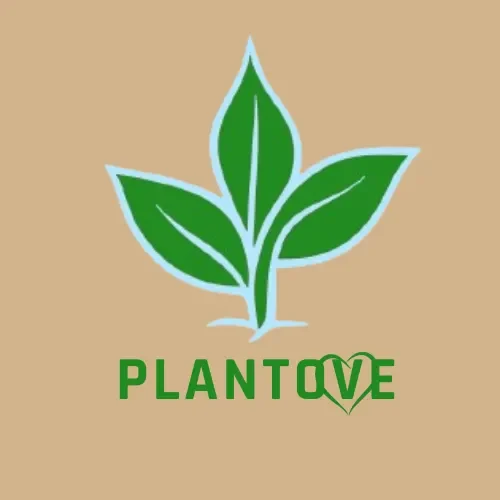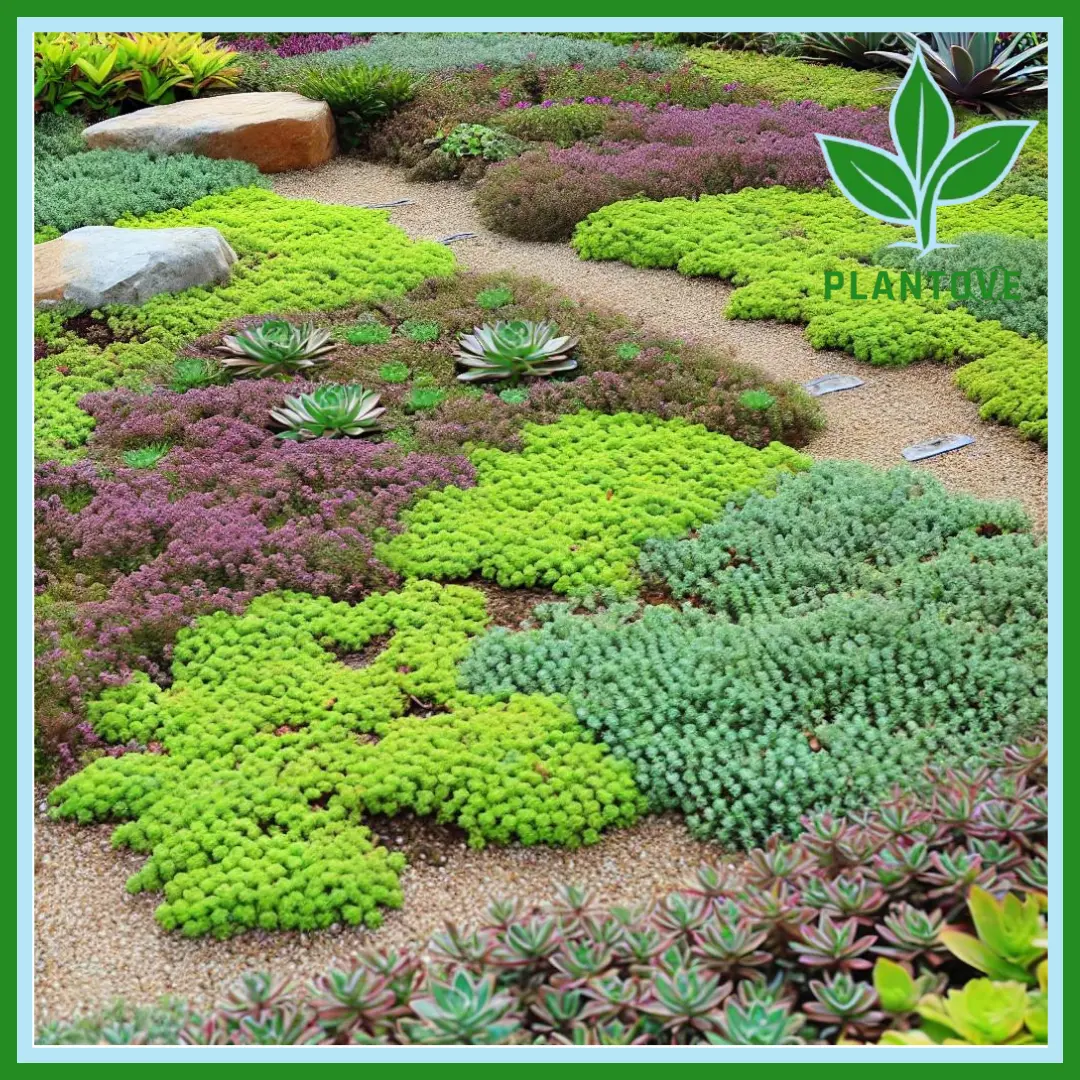Ground cover plants are an excellent choice for gardeners looking to fill bare spots, control erosion, or add texture to their landscape. These low-growing species spread quickly, covering the soil and providing visual interest while preventing weeds. Whether you’re looking for specimens for full sun, shade, or specific conditions, this guide will introduce you to some of the best options and how to care for them.
What Are These Low-Growing Species?
These horizontal-spreading plants are low-growing varieties that spread across the ground. They create a dense mat of foliage, helping to reduce soil erosion, retain moisture, and suppress weed growth. From flowering varieties to evergreen options, there is a wide selection of these landscaping solutions for various garden conditions, whether in sunny or shaded areas.
Key Benefits for Your Garden
1. Weed Control
These spreading plants are natural weed suppressors. Their dense foliage blocks sunlight from reaching the soil, preventing weeds from germinating.
2. Soil Erosion Prevention
By covering the ground, these low-growing species reduce the impact of rain and wind on the soil, helping to prevent erosion in sloped areas.
3. Moisture Retention
These plants help the soil retain moisture by shading it, reducing water evaporation. This is especially beneficial in areas prone to drought.
4. Visual Appeal
They add texture, color, and interest to your garden. With various options ranging from flowering plants to evergreens, these landscaping solutions can transform the look of your outdoor space.
Popular Types and Varieties
There are many varieties available, each suited to different climates and garden conditions. Here are some of the best options for various environments.
1. Sedum Varieties
Sedum is a hardy, drought-tolerant plant that thrives in well-drained soils. Its succulent leaves and star-shaped flowers make it an attractive choice for rock gardens or xeriscaping. These succulent varieties are low-maintenance and ideal for areas with poor soil where other plants struggle to thrive.Best Conditions: Full sun, well-drained soil
Popular Varieties: Sedum ‘Angelina’, Sedum ‘Autumn Joy’
Ideal Use: Rock gardens, dry areas, and slopes

2. Ice Plant Varieties
Ice plant (Delosperma cooperi) is another low-growing, succulent option that is well-known for its dazzling, daisy-like flowers in shades of pink, purple, and yellow. It’s drought-resistant and thrives in hot, sunny conditions, making it perfect for dry, sunny gardens.
Best Conditions: Full sun, well-drained soil
Popular Varieties: ‘Fire Spinner’, ‘Table Mountain’
Ideal Use: Coastal gardens, dry landscapes, rock gardens
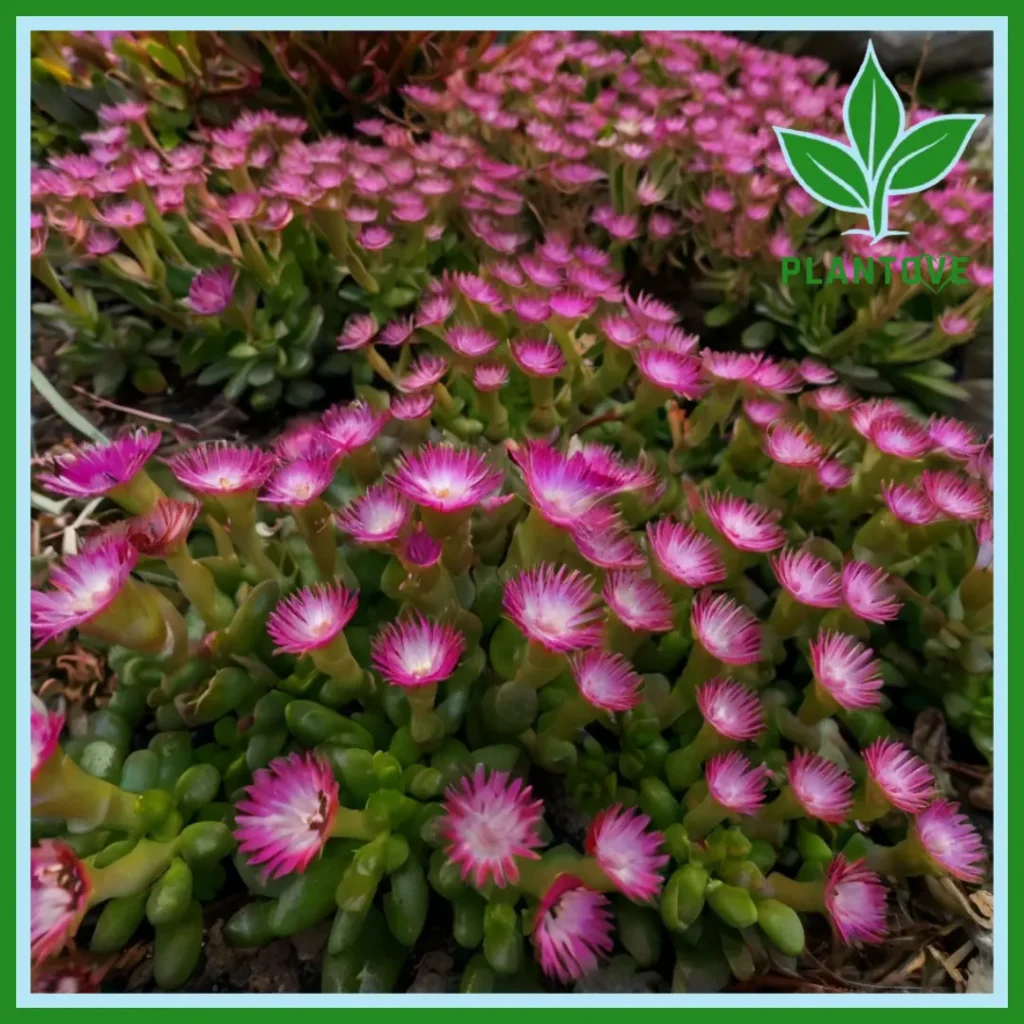
3. Full Sun Specimens
When choosing plants for full sun, it’s important to select varieties that can withstand hot, sunny conditions. Plants such as creeping thyme, sedum, and ice plant are excellent choices. These sun-loving options thrive in direct sunlight and are great for filling in sunny areas of your garden.Popular Varieties: Creeping thyme, creeping Jenny, blue star creeper
Ideal Use: Full-sun garden beds, pathways, rock gardens
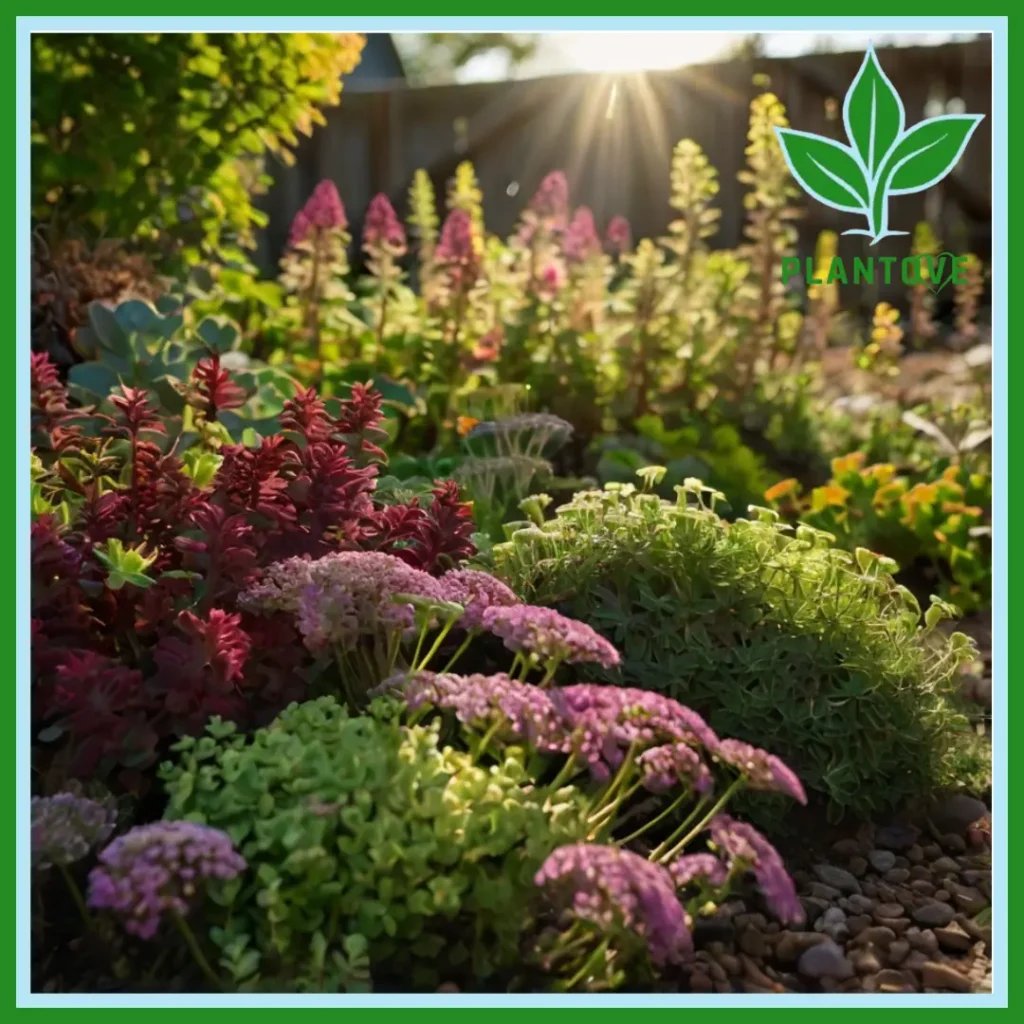
4. Juniper Varieties
Juniper specimens are evergreen, low-growing shrubs that spread outwards to create a dense mat of foliage. They are perfect for erosion control on slopes or in dry areas. These evergreen options are drought-tolerant and thrive in a range of soil types, making them an easy-to-care-for choice for gardeners.Best Conditions: Full sun, well-drained soil
Popular Varieties: Blue Rug Juniper, Blue Star Juniper
Ideal Use: Slopes, erosion control, large areas needing coverage
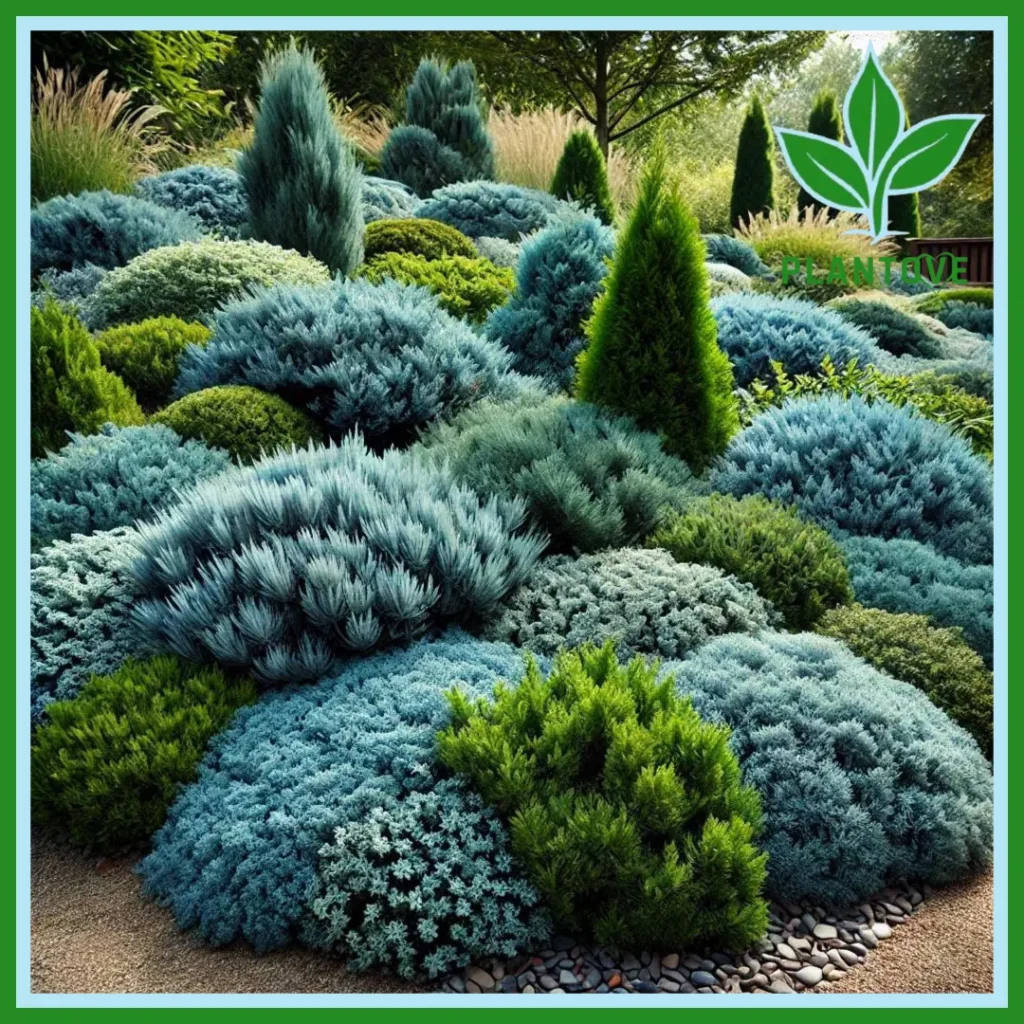
5. Best Ground Cover Plants for Shade
If you’re gardening in a shaded area, it’s essential to choose species that can thrive with less sunlight. Shade-tolerant varieties such as pachysandra, ivy, and hostas are excellent choices. These plants will fill in the shaded areas of your garden, adding texture and preventing weeds from taking over.
Popular Varieties: Pachysandra, English ivy, lamium
Ideal Use: Woodland gardens, under trees, shaded flower beds
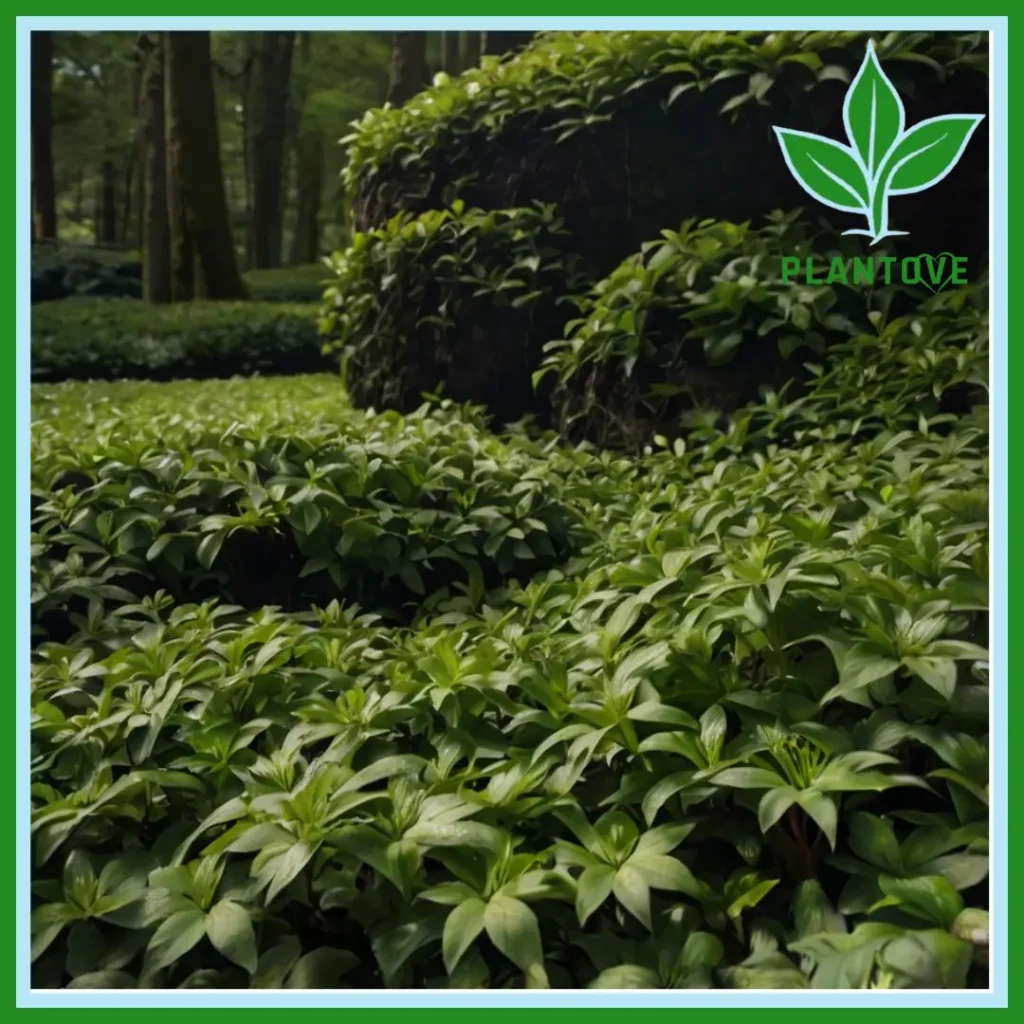
6. Creeping Varieties
Creeping specimens are perfect for filling in gaps between stones in pathways or for use in rock gardens. Plants like creeping thyme and creeping Jenny spread horizontally, creating a low, thick mat of foliage. These plants are ideal for areas where you want to add texture without height.
Popular Varieties: Creeping thyme, creeping Jenny, blue star creeper
Ideal Use: Pathways, between stones, rock gardens
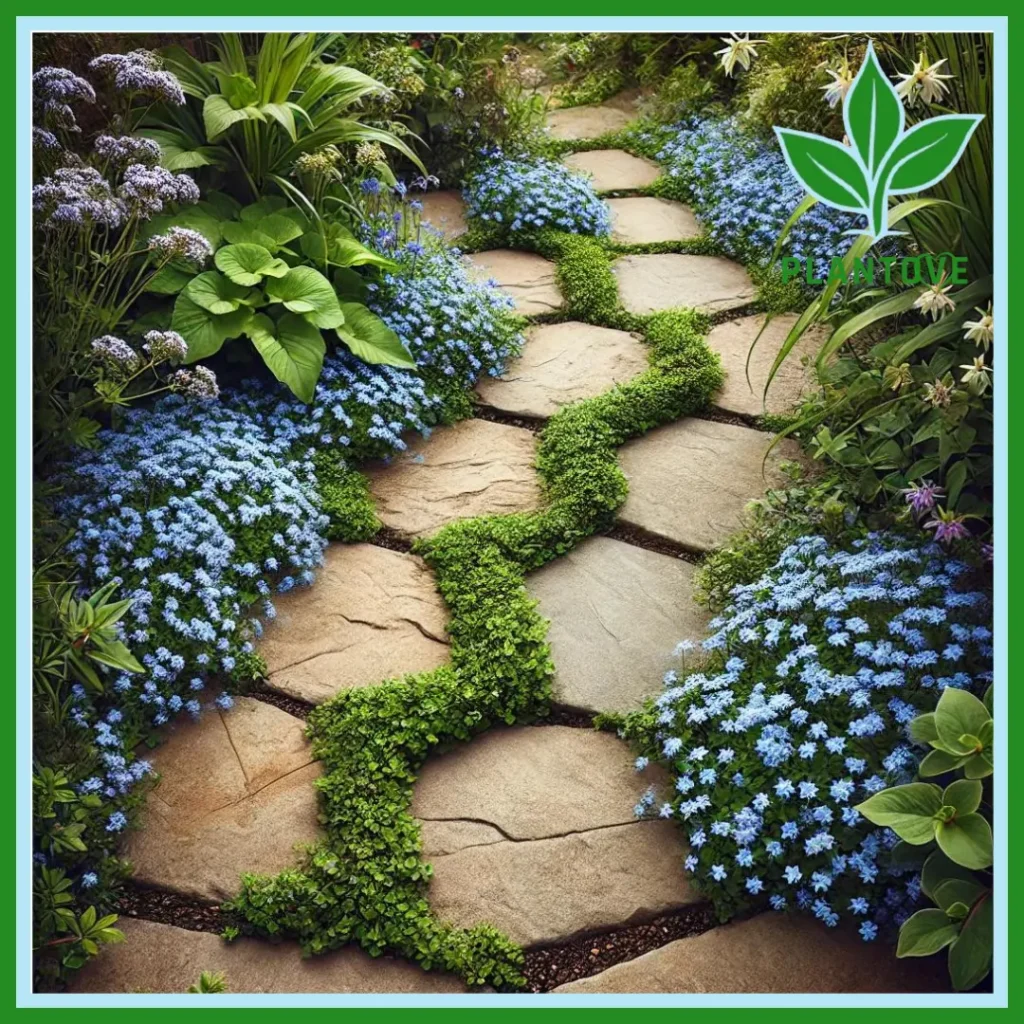
7. Jasmine Ground Cover Plants
7. Jasmine Varieties
Jasmine isn’t just a fragrant climbing plant; certain varieties, like Asiatic jasmine, make excellent low-growing options. These plants have small, glossy leaves and can spread rapidly across large areas, creating a lush carpet of greenery. In addition, these fragrant varieties produce beautiful, aromatic flowers that add visual appeal to your garden.
Best Conditions: Full sun to partial shade, well-drained soil
Popular Varieties: Asiatic jasmine, Dwarf jasmine
Ideal Use: Large garden areas, borders, slopes
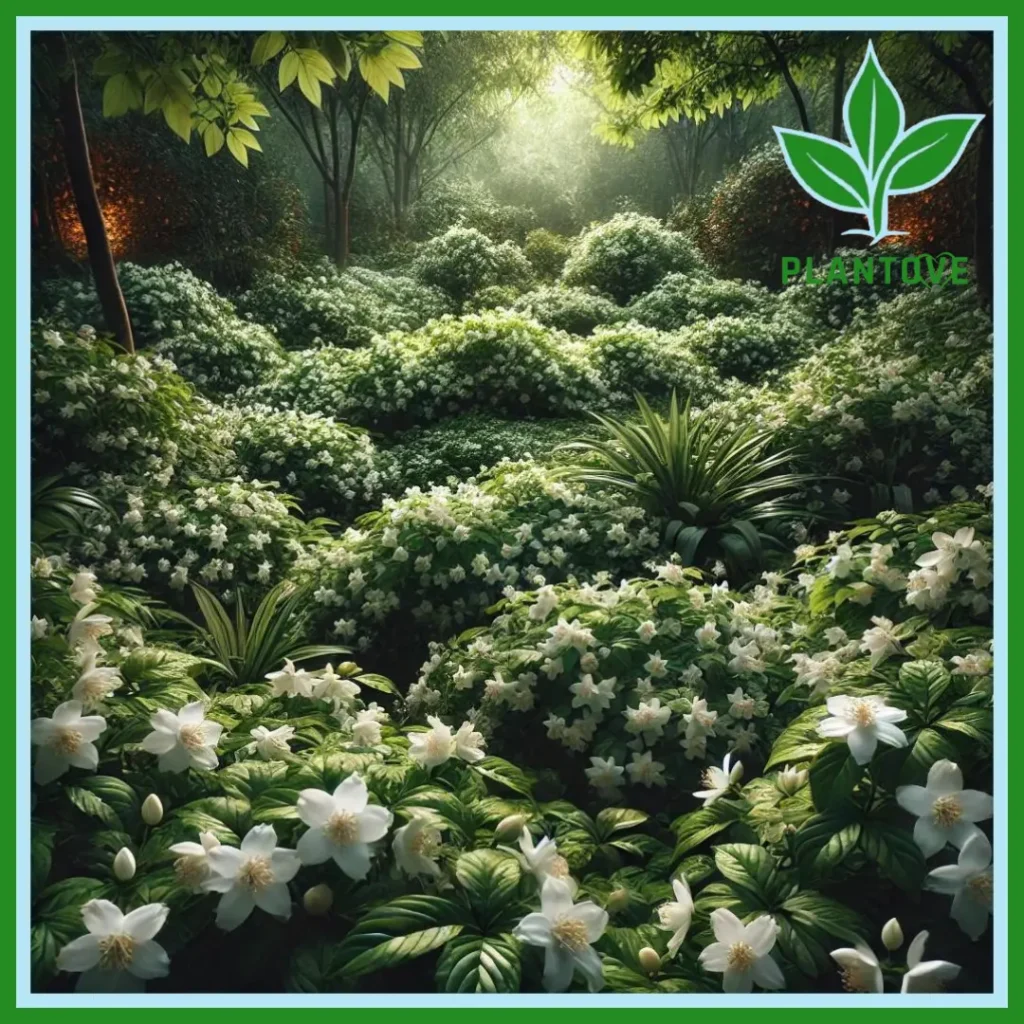
Essential Planting and Care Guidelines
1. Soil Preparation
Before planting your specimens, it’s essential to prepare the soil. Make sure it’s well-draining, and if you’re planting in a shady area, consider adding organic matter like compost to improve soil quality.
2. Watering Schedule
Most of these plants are drought-tolerant once established, but they will need regular watering while they’re getting settled. Make sure to water deeply to encourage deep root growth.
3. Fertilization
While these low-growing species don’t need heavy fertilization, adding a slow-release fertilizer in the spring can encourage healthier growth and more vibrant foliage.
Common Problems and Solutions
1. Weed Growth
Even though these plants help suppress weeds, you may still experience some weed growth. Mulch around the plants to help keep weeds at bay.
2. Overgrowth
Some spreading varieties can grow too quickly and take over areas where you don’t want them. Regular pruning and trimming can help keep them under control.
Expert Care Tips
For best results with your landscaping choices, consider these professional recommendations from the University Extension System:
- Choose the right plant for your specific light and soil conditions
- Allow proper spacing for mature spread
- Monitor growth patterns and prune as needed
- Consider seasonal interest when selecting varieties
According to USDA guidelines, proper plant selection based on your hardiness zone is crucial for long-term success with any landscaping project.
Frequently Asked Questions
1. What are the best options for full sun? Plants like sedum, ice plant, and creeping thyme are great for full sun areas. They thrive in bright conditions and are drought-tolerant.
2. Which varieties are best for shade? Pachysandra, ivy, and hostas are some of the best options for shaded areas.
3. How often should I water these plants? Water newly planted specimens regularly to help establish roots. Once established, many of these plants are drought-tolerant and require less frequent watering.
Conclusion
Ground cover plants are an essential component of any well-designed garden. Whether you’re looking to fill a sunny, dry area or a shady, moist spot, there is a suitable option for your needs. From sedum varieties to jasmine specimens, adding these hardy, low-maintenance plants to your garden will not only enhance its beauty but also improve its overall health and functionality.
